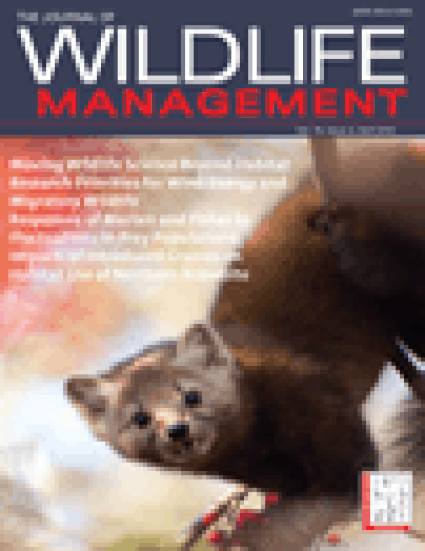
Article
Using gas chromatography to determine winter diets of greater sage-grouse in Utah
Journal of Wildlife Management
(2012)
Abstract
Sagebrush ( Artemisia spp.) constitutes the majority (>99%) of sage-grouse ( Centrocercus spp.) winter diets. Thus, identification and protection of important winter habitats is a conservation priority. However, not all sagebrush may be alike. More information is needed regarding sage-grouse sagebrush winter dietary preferences for application to management. The objective of our research was to determine if chemical analysis of fecal pellets could be used to characterize winter sage-grouse diets as a substitute for more invasive methods. We collected and analyzed fecal pellets and sagebrush samples from 29 different sage-grouse flock locations in northwestern and southcentral Utah. Using gas chromatography, we were able to identify crude terpene profiles that were unique to Wyoming sagebrush ( A. tridentata wyomingensis) and black sagebrush ( A. nova). We subsequently used the profiles to determine sagebrush composition of sage-grouse fecal pellets, thus reflecting sage-grouse winter diets. This technique provides managers with a tool to determine which species or subspecies of sagebrush may be important in the winter diets of sage-grouse populations.
Disciplines
Publication Date
2012
DOI
https://doi.org/10.1002/jwmg.273
Citation Information
Terry A. Messmer. "Using gas chromatography to determine winter diets of greater sage-grouse in Utah" Journal of Wildlife Management Vol. 76 Iss. 3 (2012) p. 588 - 589 Available at: http://works.bepress.com/terry-messmer/229/
